Tokenomics Design
RWA - Tokenization
Crypto Consulting
Web 3 Research
Tokenomics Audit
Blockchain Advisory
Economic Modelling
Tokenomics Simulation
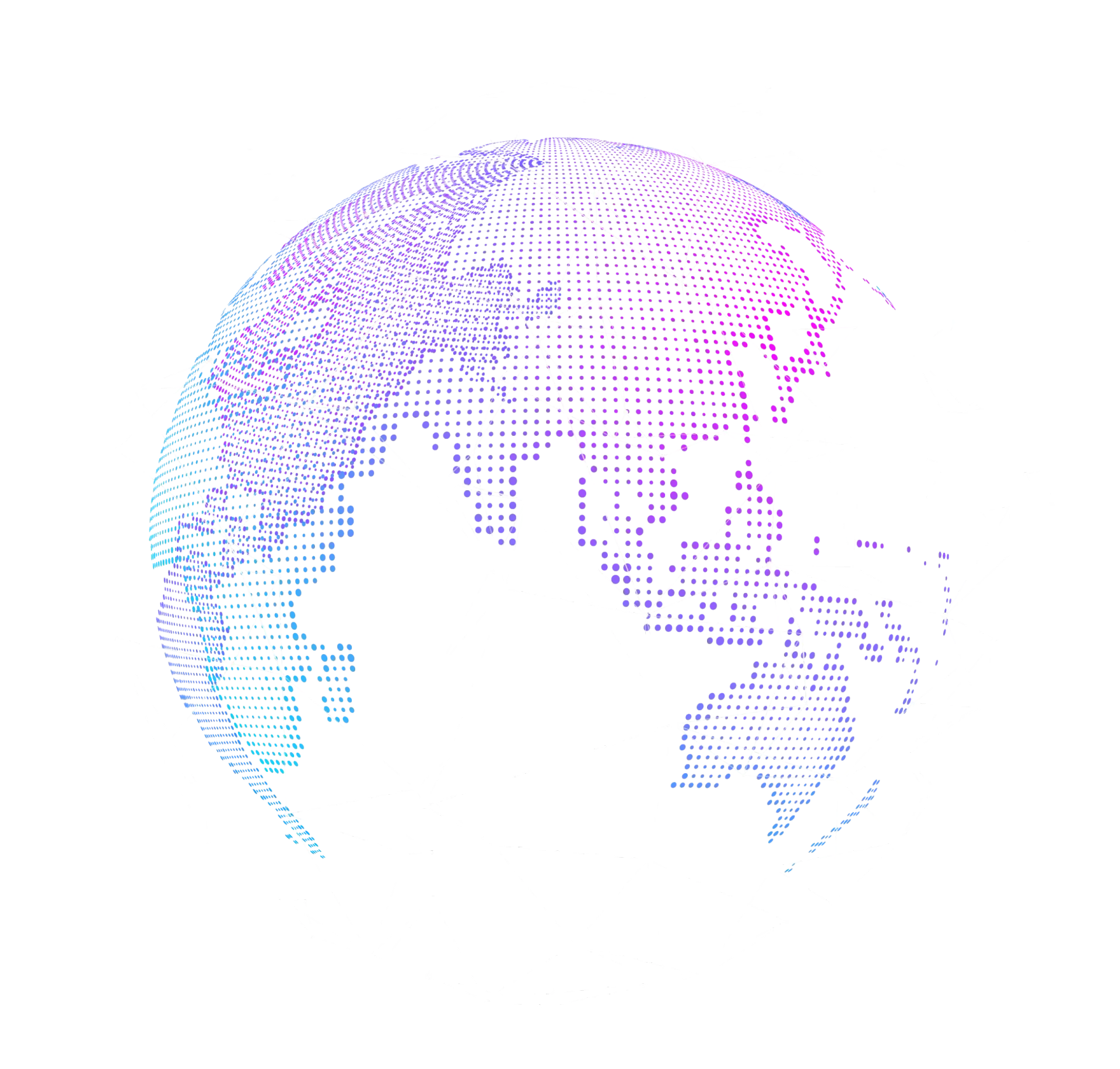
Blockphrase
We are a Web3 consultancy specializing in Tokenomics Services, Real-World Asset (RWA) Tokenization & Web3 Research. As a founder-led firm with 7 years of expertise and a team averaging 5+ years of industry experience, we provide comprehensive, research-driven solutions tailored for blockchain projects.
Unlike other firms that offer fragmented services, we take a holistic approach—ensuring seamless execution from ideation to smart contract development and project launch. Our commitment doesn’t end at launch; we continue to support our clients with post-launch advisory and strategic optimization, making end-to-end execution and long-term collaboration our core differentiator.
Our Services

Blockphrase offers a comprehensive Tokenomics Audit to evaluate the sustainability of a project’s cryptocurrency economic model. We analyze token supply mechanisms, distribution models, incentives, inflation/deflation mechanics, and market positioning to ensure compliance with Web3 and blockchain industry standards. Our audit identifies potential vulnerabilities, improving token stability and investor confidence. Results can be showcased on a public dashboard.
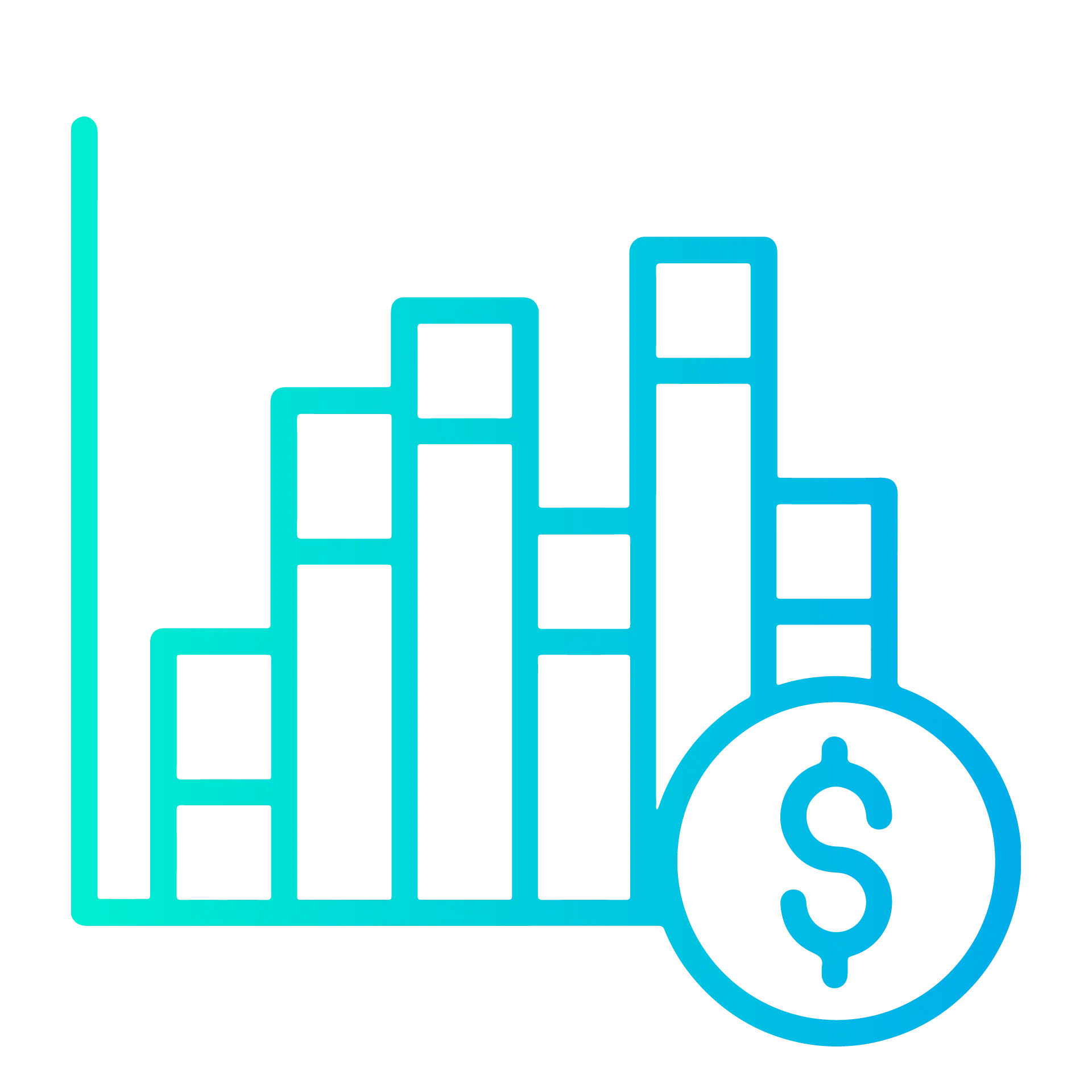
Our Tokenomics Design & Economic Modelling service creates a robust blockchain-based economic model that aligns with a project’s vision. We design token supply strategies, staking rewards, governance frameworks, vesting schedules, burn/mint mechanisms, and utility integrations. Using advanced simulations, we optimize value flow, user incentives, and long-term sustainability, ensuring seamless integration within the crypto and Web3 ecosystem.
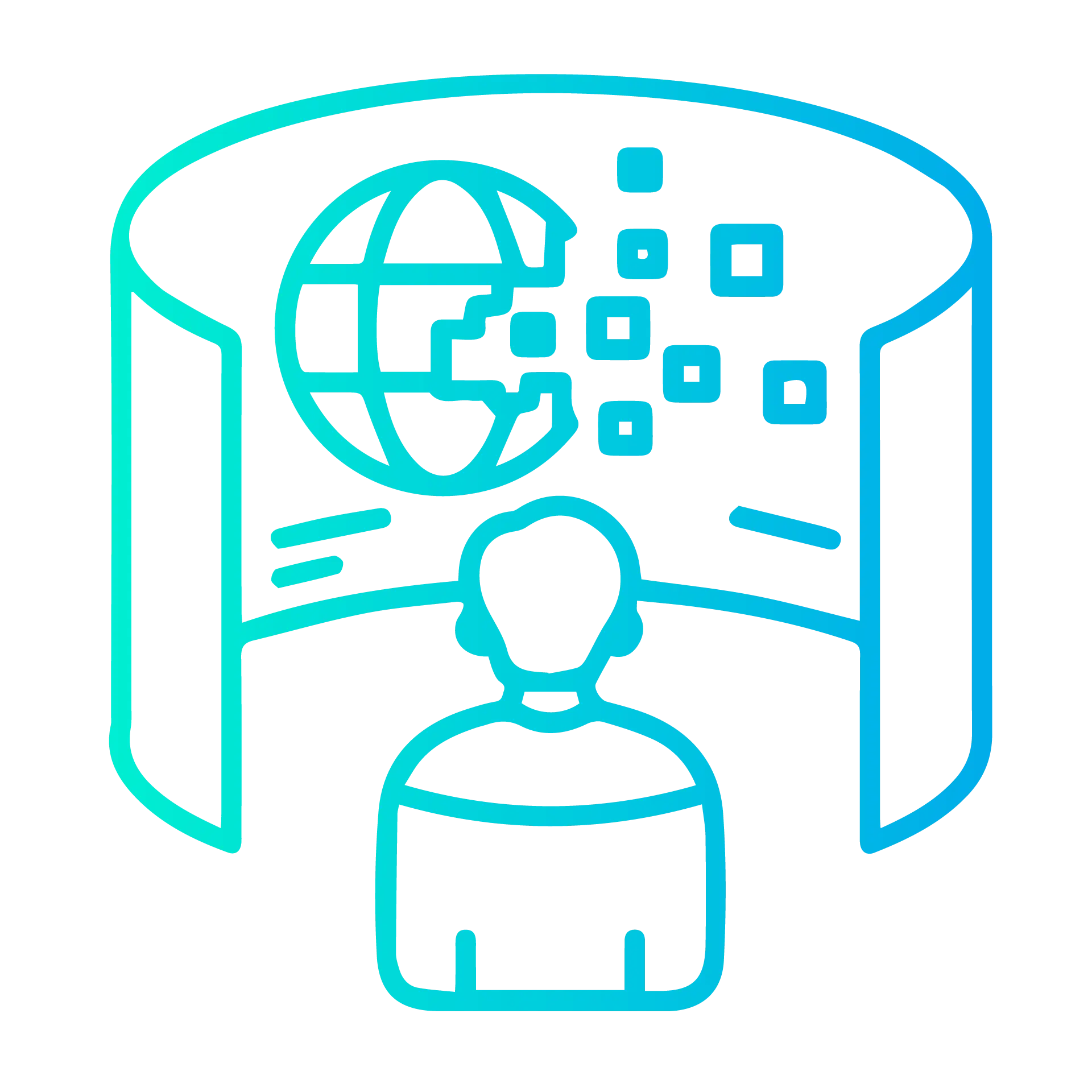
Blockphrase’s Tokenomics Stress Test simulates real-world cryptocurrency market scenarios, including liquidity shocks, whale movements, and demand fluctuations through monte carlo simulations. We use Machinations to conduct rigorous stress testing, iterating across multiple market conditions. This ensures the token model remains resilient, adaptable, and optimized for sustained growth within the Web 3 & Blockchain Industry
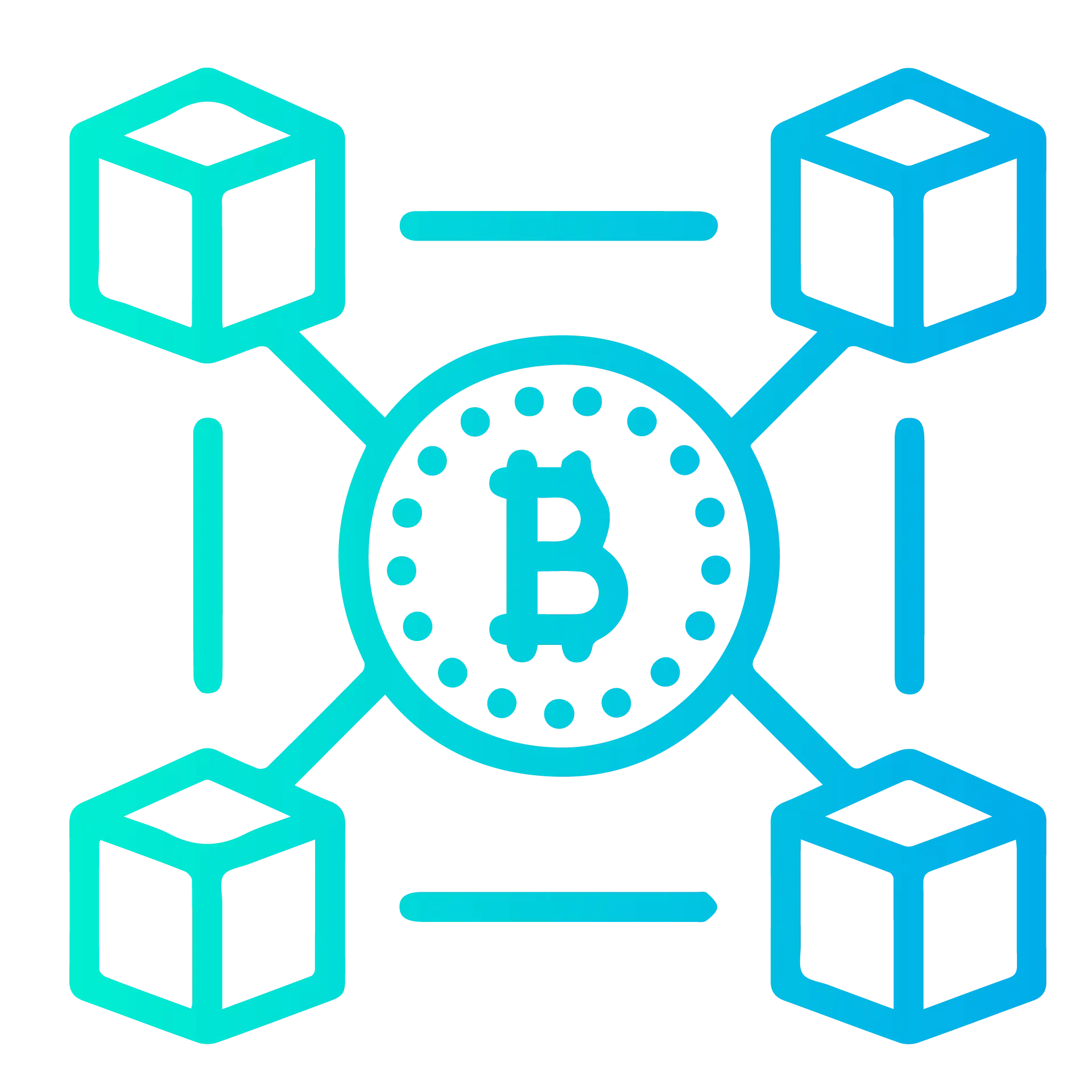
We help tokenize real-world assets (RWA) on the blockchain, ensuring liquidity, security, and institutional adoption. Our services cover strategy, compliance, smart contract development, and MVP creation for early-stage ventures. Whether it's real estate, commodities, or collectibles, we design scalable Web3 solutions that unlock global investment opportunities.

We provide comprehensive research on cryptocurrencies, blockchain protocols, on-chain data, and market trends. Our insights cover investor sentiment, emerging technologies, and project fundamentals, helping businesses, investors, and startups make data-driven decisions. Stay ahead in the crypto economy with real-time analytics and expert reports.
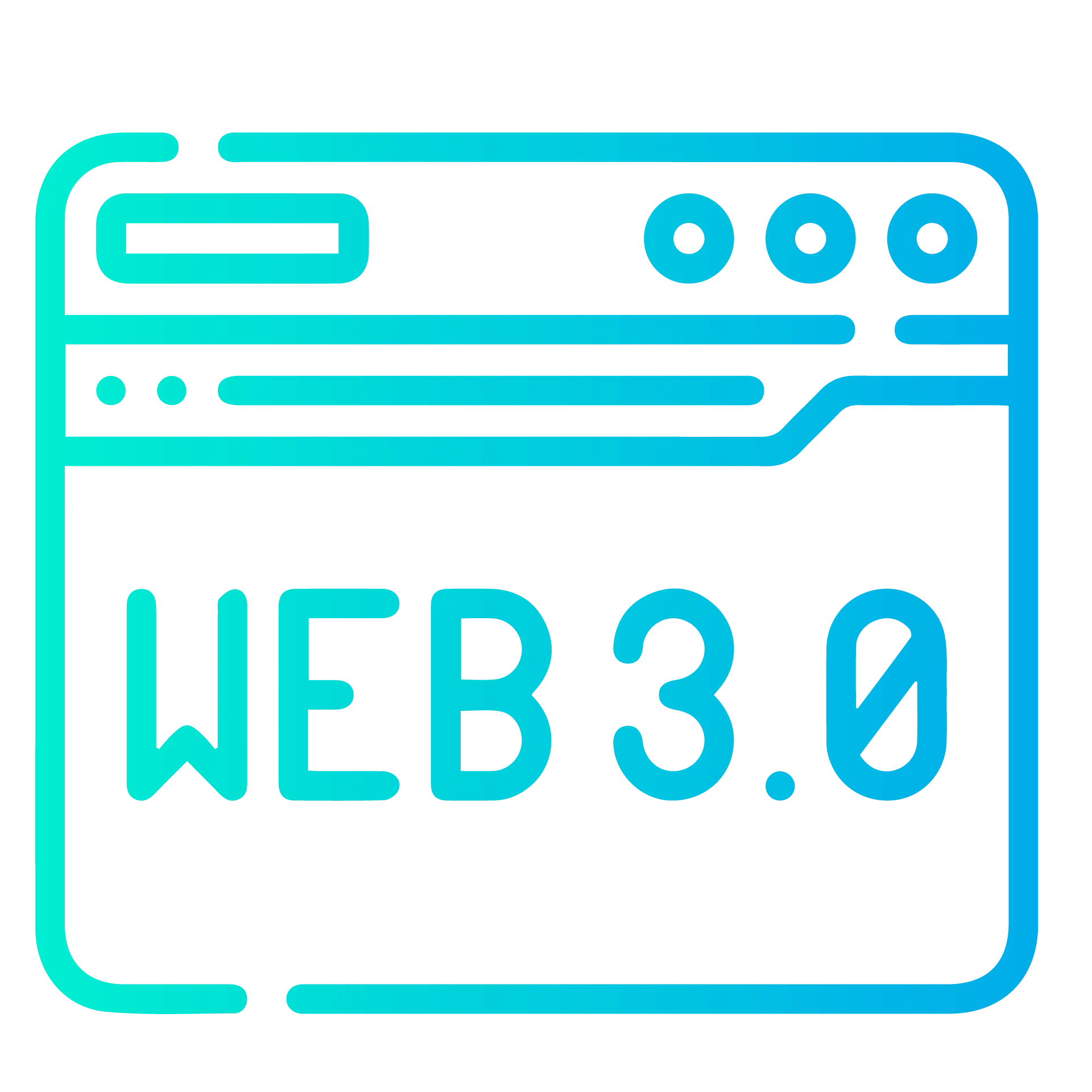
We provide Web3 consulting for Crypto, , Web3 migration and more. Our boutique advisory services cover tokenomics, fundraising, compliance, and growth strategies. With deep expertise in blockchain infrastructure, smart contracts, and market positioning, we help projects scale efficiently, optimize performance, and navigate the evolving Web3 ecosystem.
Our Tokenomics Design process for building sustainable economic models
-
1. Business & Ecosystem Understanding
Our process begins with a deep dive into the project’s business model, objectives, and market positioning. We analyze the key stakeholders, assess the competitive landscape, and benchmark against similar projects to identify strengths, weaknesses, and potential differentiators. This step ensures that the tokenomics framework is tailored to the project’s unique vision rather than applying a generic model that may not fit the ecosystem’s needs.
-
2. Value Flow & Token Utility Design
A token’s success depends on its ability to capture and retain value within the ecosystem. We map out how value flows between users, developers, investors, and other participants, identifying the most effective token utilities. Whether it's payments, staking, governance, or access to exclusive features, we ensure the token serves a meaningful purpose, creating sustainable demand rather than speculative trading.
-
3. Incentive Mechanisms & Economic Balancing
For a token economy to thrive, incentives must align with user behaviors and long-term project growth. We design game-theoretic incentive structures that encourage engagement while preventing unhealthy speculation or token dumping. By carefully balancing rewards, staking mechanisms, and participation incentives, we create a token economy where users are continuously motivated to contribute, reinforcing network effects and increasing adoption.
crucial phase.
-
4. Token Supply, Distribution & Market Valuation
Sustainable token economies require well-planned supply mechanics and distribution models. We determine the ideal token allocation for different stakeholders—team, investors, community, liquidity, and treasury—ensuring gradual and strategic token releases. Our valuation models factor in Fully Diluted Market Cap (FDMC), investment tranches, and market demand, ensuring realistic pricing and long-term sustainability. Additionally, we implement vesting schedules and deflationary mechanisms to prevent sudden market shocks and maintain price stability. -
5. Continuous Optimization & Stress Testing
Tokenomics is not a one-time process—it requires ongoing monitoring and iteration. We leverage real-time data tracking, financial modeling, and stress-testing tools like Machinations to simulate different market conditions and assess token behavior over time. This enables us to refine economic models, optimize liquidity strategies, and identify risks before they become critical issues. By continuously improving the token economy, we ensure projects remain adaptable and resilient in the fast-evolving Web3 landscape.
Why Blockphrase?
At Blockphrase, we go beyond theoretical models, crafting scalable, resilient, and investor-friendly token economies designed for long-term sustainability. Our audit-driven methodology integrates real-world data, market analytics, and advanced economic simulations to ensure a robust and adaptive token model.
Whether you're building a DeFi protocol, GameFi ecosystem, or RWA tokenization framework, we design value-driven token utilities that foster organic demand, liquidity optimization, and sustainable user engagement. By aligning incentives with real economic principles, we help projects move beyond speculative trading to create lasting ecosystems with genuine utility and adoption.
Choose us because:
Relentless Evolution: We rebuild daily—no legacy code, no outdated playbooks.
No Guesswork: Every decision is backed by data, from tokenomics to AI training.
Real Results: Your success isn’t a case study—it’s code shipped, liquidity locked, and revenue earned.
Got Questions?
1. How Important Are Tokenomics Audits For Cryptocurrency Projects?
Tokenomics audits are a critical component of any cryptocurrency project’s success, ensuring that the economic model is secure, scalable, and sustainable. Without a proper audit, projects risk inflationary collapse, poor liquidity, unsustainable reward mechanisms, and loss of investor confidence.
At Blockphrase, we conduct comprehensive tokenomics audits to:
- Evaluate Economic Stability: We analyze token supply mechanisms, deflationary and inflationary risks, and governance models to ensure long-term sustainability.
- Detect Market Manipulation Risks: Identifying potential vulnerabilities such as whale dominance, low liquidity pools, or unfair token distribution that could lead to price manipulation.
- Optimize Incentive Structures: Ensuring that staking, rewards, vesting, and utility mechanisms drive continuous engagement without unsustainable emissions.
- Stress-Test Market Conditions: Using AI-powered simulation tools, we evaluate how the token economy would perform under different market conditions, user growth scenarios, and investor activity patterns.
A robust tokenomics audit increases investor confidence, strengthens regulatory compliance, and ensures long-term project viability.
2. How Does Blockphrase Implement Tokenomics for Blockchain Projects?
Blockphrase’s tokenomics development methodology is a scientifically driven, execution-focused approach that ensures each token model is designed for liquidity, stability, and real-world utility. Our token economy design process includes:
Value Flow & Market Fit Analysis:
We start by mapping how value moves within the ecosystem, identifying how users, investors, developers, and businesses interact with the token. This ensures that the token serves an essential function rather than just being a speculative asset.Token Utility & Governance Frameworks:
We define how the token will be used—whether for payments, governance, staking, rewards, or cross-platform integration. A token must have a clear utility that drives demand. We also set up decentralized governance models where needed.Liquidity & Vesting Optimization:
To prevent excessive sell pressure and inflationary risks, we strategically allocate tokens across founders, early investors, the community, liquidity pools, and the treasury. We ensure smooth token release schedules to balance supply and demand efficiently.Economic Simulations & Stress Testing:
Using AI-powered models and Machinations simulations, we test different market conditions to assess how the token will perform in bull and bear markets, investor influx scenarios, and regulatory shifts.
Our tokenomics methodology ensures sustainable, adaptive, and investor-friendly token economies that can withstand market volatility, competition, and long-term growth challenges.
3. How Does RWA Tokenization Work at Blockphrase?
Real-World Asset (RWA) tokenization is revolutionizing how physical and financial assets are digitized on the blockchain, enabling fractional ownership, improved liquidity, and institutional-grade investment models.
Blockphrase specializes in structured, regulatory-compliant RWA tokenization, leveraging different legal and financial frameworks:
SPV (Special Purpose Vehicle) Structure:
A dedicated legal entity is established to hold and tokenize the asset, ensuring that each token represents a legal claim on an underlying asset. This is ideal for real estate tokenization, private equity investments, and revenue-sharing models.Fund-Based Tokenization Structure:
This model allows investors to purchase tokenized shares in a registered investment fund that holds diverse assets. It provides higher security, risk diversification, and regulatory adherence, making it ideal for institutional investors.PCC (Protected Cell Company) Structure:
Under this model, multiple assets are tokenized within separate “cells,” ensuring financial independence and risk isolation. It enables projects to issue distinct tokens for different asset classes while benefiting from an overarching compliance framework.
Our end-to-end RWA tokenization services include asset selection, smart contract deployment, compliance audits, and secondary market integration to ensure secure and legally viable asset-backed token ecosystems.
4. What are the Key factors to consider before a Fundraise?
Raising funds in the Web3 ecosystem presents unique challenges and opportunities due to its decentralized nature, evolving regulatory landscape, and token-based economic models. A well-structured approach incorporating tokenomics, investor confidence, legal compliance, and strategic market positioning is essential for securing long-term investment and adoption
1. Clear Value Proposition & Market Fit
A. Defining the Problem-Solution Fit
Investors seek projects that address real-world challenges rather than speculative hype. A strong value proposition should clearly outline:
- The problem being solved (e.g., Ethereum’s scalability issue).
- How the solution provides a competitive advantage (e.g., Solana’s high-speed transactions).
- The target audience and market demand (e.g., DeFi, GameFi, RWA tokenization).
B.Establishing Competitive Differentiation
- Highlight technological innovation, unique tokenomics, or superior infrastructure.
- Demonstrate how the project improves upon existing blockchain solutions.
2. Robust Tokenomics & Utility Design
A.Token Classification: Utility vs. Security
- Utility Tokens: Enable access to platform services, governance, or staking.
- Security Tokens: Represent financial securities and are subject to stricter regulations.
B.Supply & Demand Mechanisms
- Clearly defined token distribution for fundraising, ecosystem incentives, and staking.
- Implementation of burn mechanisms, staking rewards, and liquidity management strategies.
- Example: Deflationary models such as Rollbit’s burn system enhance token value over time.
C.Vesting & Lock-up Periods
- Well-structured vesting schedules prevent early sell-offs and ensure long-term commitment.
- Example: Investor token unlocks staggered over 24–36 months to maintain market stability.
3. Strategic Fundraising Model & Rounds
A.Fundraising Stages & Investor Allocation
- Seed Round: Equity or governance tokens issued to early-stage investors and VCs.
- Private Sale: Discounted tokens allocated to strategic investors.
- Public Sale (IDO/IEO/ICO): Retail investors participate through decentralized or centralized platforms.
B.Investor Incentives & Participation
- Tiered investment structures offering governance privileges, staking benefits, and NFT-based perks.
- Tailored funding rounds to attract retail investors, institutional backers, and community-driven capital.
4. Regulatory Compliance & Legal Framework
A.Adherence to Jurisdiction-Specific Regulations
- Ensuring token issuance complies with frameworks such as MiCA (EU), SEC (USA), and MAS (Singapore).
- Structuring tokenomics to avoid classification as a security where applicable.
B.KYC/AML Compliance
- Implementing whitelisted sales with KYC verification for institutional investors.
- Partnering with regulatory firms to align with anti-money laundering (AML) policies.
5. Community Engagement & Investor Confidence
A.Building a Strong Web3 Community
- Establishing an active presence on Twitter, Discord, and Telegram.
- Running ambassador programs, staking incentives, and governance participation campaigns.
- Example: Polygon’s robust developer ecosystem has driven long-term adoption and investment.
B.Transparency & Investor Relations
- Regular updates via GitHub, Medium, and community AMAs.
- Providing on-chain proof of fund utilization and milestone tracking.
6.Exchange Listings & Liquidity Strategy
A.Centralized & Decentralized Exchange Listings
- Securing Tier-1 exchange listings (e.g., Binance, Coinbase, Kraken, OKX) for increased visibility.
- Establishing deep liquidity pools on decentralized exchanges like Uniswap and PancakeSwap.
B.Market-Making & Price Stability
- Partnering with market makers to maintain order book stability and prevent price manipulation.
7. Roadmap Execution & Strategic Partnerships
A.Milestone-Based Fund Utilization
- Structuring fund allocation across development, marketing, ecosystem growth, and security audits.
- Outlining clear deliverables for MVP launch, feature rollouts, and ecosystem expansion.
B.Collaborations & Institutional Backing
- Forming strategic partnerships with Layer 1 blockchains, DeFi protocols, and gaming ecosystems.
- Securing investments from leading Web3 venture firms like a16z, Pantera Capital, and Paradigm.
5.Blockphrase’s Research Methodology: How We Evaluate Cryptocurrency Projects
At Blockphrase, we provide data-driven insights to help investors, startups, and enterprises navigate the Web3 ecosystem. Our cryptocurrency research methodology ensures we evaluate projects based on real-world value, sustainability, and adoption potential rather than speculation.
1. How Does Blockphrase Evaluate Cryptocurrency Projects?
We use a structured evaluation framework to assess blockchain projects based on six core factors:
1.1 Usability & Problem-Solving
- Does the project address a real-world need?
- Example: Solana’s high-speed transactions make it ideal for DeFi and gaming.
1.2 On-Chain Metrics
- We analyze transaction volume, active wallet addresses, and staking rates to measure actual adoption.
- Example: A spike in active addresses often signals ecosystem growth.
1.3 Fundamentals & Tokenomics
- A project’s token supply, distribution model, and incentives determine long-term sustainability.
- We assess:
- Token distribution – Is it fairly allocated or whale-dominated?
- Incentives – Are staking rewards aligned with long-term growth?
- Utility – Does the token serve a purpose (governance, fees, staking)?
1.4 Market Fit & Competitive Advantage
- How does the project compare to competitors?
- Example: Ethereum offers security, while Solana offers speed—each fills a specific market niche.
1.5 Community & Ecosystem Growth
- A strong community ensures sustained adoption and resilience in bear markets.
- We evaluate:
- Partnerships – Collaborations with industry leaders.
- Social engagement – Activity on Reddit, Twitter, and Discord.
- dApp & developer growth – More applications = higher adoption.
1.6 Developer Activity & Innovation
- Projects without continuous development often fail.
- We track:
- GitHub activity & code commits – Frequent updates indicate active innovation.
- Open-source contributions – Community-driven projects show higher trust.
- Ecosystem expansion – More dApps, DeFi protocols, and tools signal adoption.
2. Why Are On-Chain Metrics Important?
On-chain data provides transparency into actual project usage beyond hype.
2.1 Key On-Chain Indicators
- Transaction Volume – High activity indicates strong network demand.
- Active Wallet Addresses – Growing addresses show increased adoption.
- Staking Rates – High staking levels suggest investor confidence and lower circulating supply pressure.
2.2 Example: Solana’s Growth Signals
- A surge in Solana’s active addresses has historically preceded major ecosystem growth, showcasing real utility rather than speculation.
3. How Do We Analyze Tokenomics?
Tokenomics defines a project’s financial sustainability. Poorly structured tokenomics can lead to pump-and-dump risks, while a well-designed economic model ensures longevity.
3.1 Key Tokenomics Factors We Assess
- Token Distribution – Is supply concentrated among whales, or is it decentralized?
- Incentive Structures – Do staking and rewards mechanisms encourage long-term holding?
- Utility & Governance – Does the token have a practical use case beyond speculation?
4. Why Is Developer Activity Critical?
Developers drive blockchain innovation. A lack of developer activity signals a dying project.
4.1 Developer Metrics We Track
- GitHub Code Commits – Frequent updates indicate ongoing development.
- New dApps & Projects – A growing ecosystem means higher adoption and demand.
- Open-Source Contributions – More community participation boosts trust and transparency.
5. How Do We Assess Market Fit?
Market fit determines whether a project can sustainably grow in the blockchain space.
5.1 Key Market Fit Questions
- Does the project solve a real problem?
- Example: Solana solved Ethereum’s speed and cost issues, making it a leader in high-frequency trading.
- How does it compare to competitors?
- Example: Ethereum vs. Solana – Security vs. Speed.
- Does it integrate into key industries like DeFi, NFTs, or institutional finance?
6. Why Is Community Support Essential?
A strong community is a project’s lifeline during market downturns.
6.1 Key Community Strength Indicators
- Strategic Partnerships – Collaborations with top-tier industry players.
- Social Media & Engagement – A growing community on Twitter, Discord, and Reddit.
- Ecosystem Growth – More dApps, developer tools, and token integrations signal long-term viability.
7. Blockphrase’s Advanced Research Methodology
We combine fundamental analysis, on-chain metrics, and AI-driven insights to provide data-backed investment guidance for Web3 projects.
7.1 On-Chain & Market Data Analysis
- Wallet activity tracking, liquidity pool monitoring, and token flow analysis to detect trends and risks.
7.2 Tokenomics & Stress Testing
- Supply dynamics simulations to evaluate how different growth models affect token economics.
- Whale accumulation & investor sentiment tracking for risk assessment.
7.3 Competitive & Regulatory Benchmarking
- Ensuring global compliance with MiCA (Europe), SEC (USA), and MAS (Singapore) regulations.
7.4 Investor & Market Sentiment Tracking
- Using AI-powered sentiment tools to analyze market reactions, token perception, and investor confidence.

